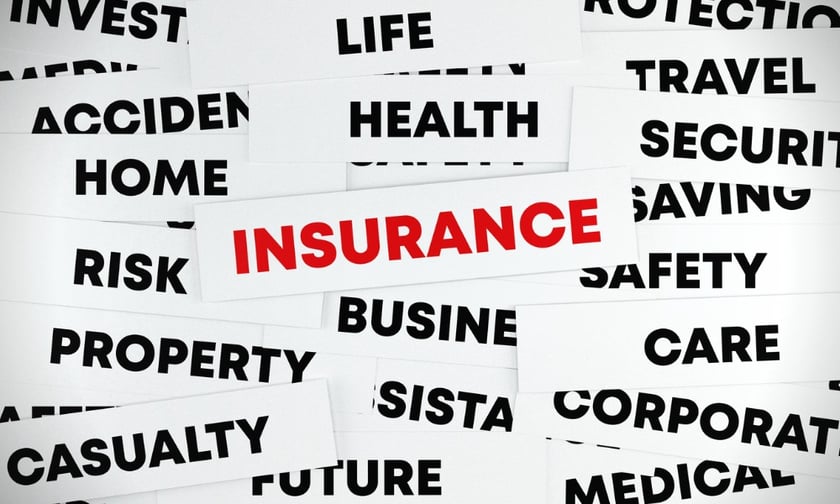

Favorable first-quarter economic and underwriting results for property/casualty insurance align with projections that the industry will see a small underwriting loss in 2024 and achieve profitability in 2025, according to the latest forecasting report from the Insurance Information Institute (Triple-I) and Milliman.
The report, Insurance Economics and Underwriting Projections: A Forward View, highlighted several key findings. Homeowners insurance is expected to continue experiencing underwriting losses through 2024-2025 but is projected to become profitable in 2026. This line will see continued double-digit net written premium growth over the next two years. Meanwhile, the personal auto net combined ratio has improved slightly from prior estimates, with profitability anticipated in 2025.
Dale Porfilio, Triple-I’s chief insurance officer, commented on the ongoing performance gap between personal and commercial lines.
“That gap is closing,” he said. “This quarter, we are projecting commercial lines underwriting results to outperform personal lines premium growth by over five points in 2024. The difference in large part illustrates how regulatory scrutiny on personal lines has curbed the ability for insurers to increase prices to reflect the significant amount of inflation that impacted replacement costs through and coming out of COVID.”
Jason B. Kurtz,a principal and consulting actuary at Milliman, pointed out the long-term challenges facing commercial multi-peril insurance.
“While the expected net combined ratio of 106.2 is one point better than 2023, matching the eight-year average, the line has not been profitable since 2015,” Kurtz said. “And with a Q1 direct incurred loss ratio of 52% and premium growth rates continuing to slow, we see some improvement but continuing unprofitability through 2026.”
Conversely, workers’ compensation continues to show robust performance. “The expected 90.3 net combined ratio is nearly a one-point improvement from prior estimates and would mark 10 consecutive years of profitability for workers’ comp,” said Kurtz. “We continue to forecast favorable underwriting results through 2026.”
Donna Glenn, chief actuary at the National Council on Compensation Insurance (NCCI), added that medical costs, while increasing, have not experienced the same type of inflation as the broader economy. “Since 2015, both workers’ compensation severity and medical inflation, as measured by NCCI’s Workers’ Compensation Weighted Medical Price index, have grown at a similar rate, a quite moderate 2% per year,” she said.
Michel Léonard, PhD, CBE, chief economist and data scientist at Triple-I, discussed how P&C replacement costs are increasing more slowly than overall inflation.
“For the last 12 months, economic drivers of insurance performance have been favorable to the industry, with P/C insurance’s underlying growth catching up to overall US economic growth rates, and its replacement costs increasing at a sluggish pace compared to overall inflation,” Léonard said. However, this favorable window may be threatened by slowing US economic growth and increasing geopolitical risks.
“First, US economic growth slowed more than expected in Q1 2024, largely because of the Fed’s lack of clarity about the timing of interest rate cuts,” Léonard noted. “Second, global supply chains are again showing stress due to ongoing and increasing geopolitical risk, such as the tensions in and around the Suez Canal. These causes may be threatening to send inflation back toward pandemic-era levels. Geopolitical risk never left and supply chains are on a lifeline.”
Any thoughts about these insights? Leave a comment below.
